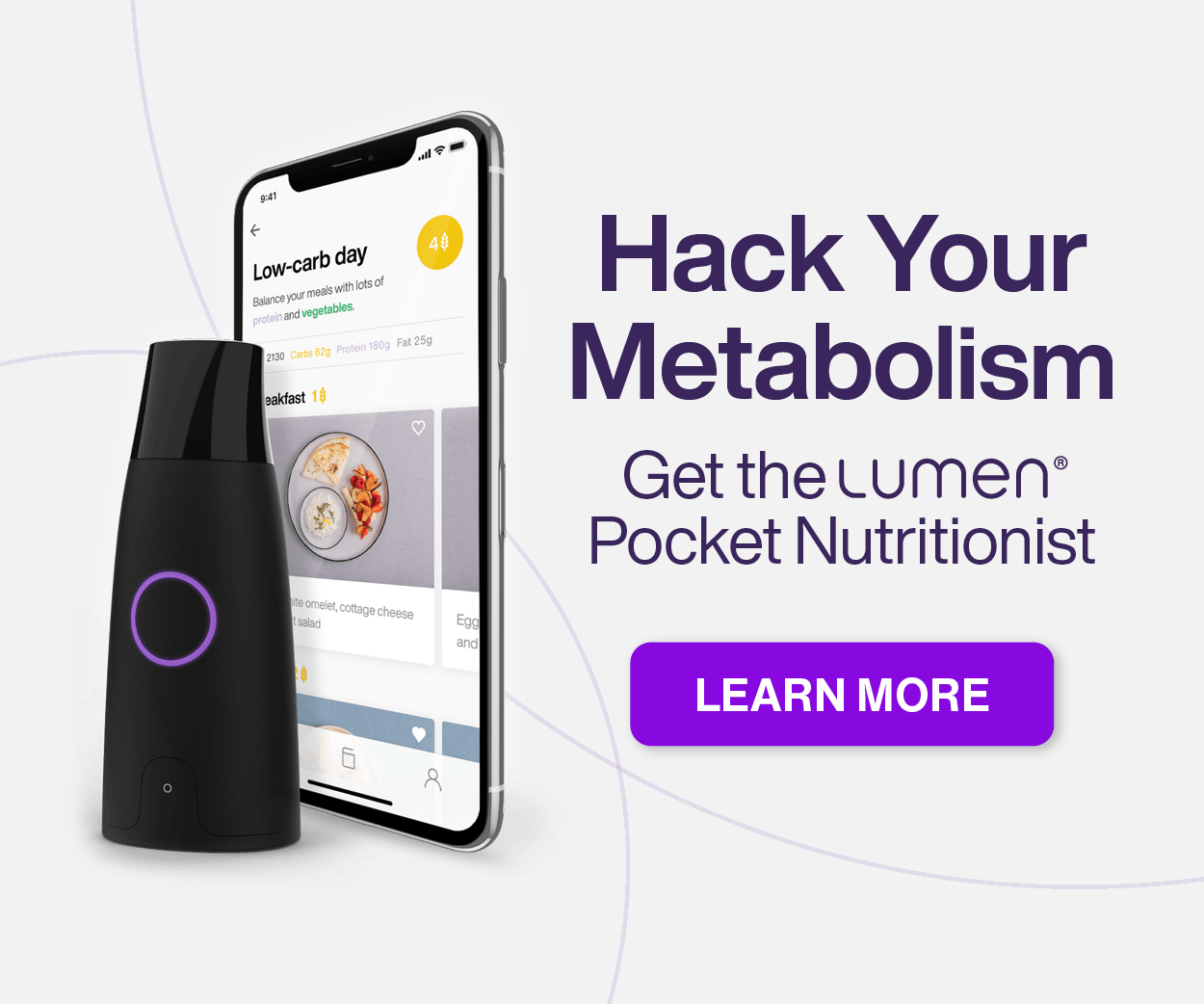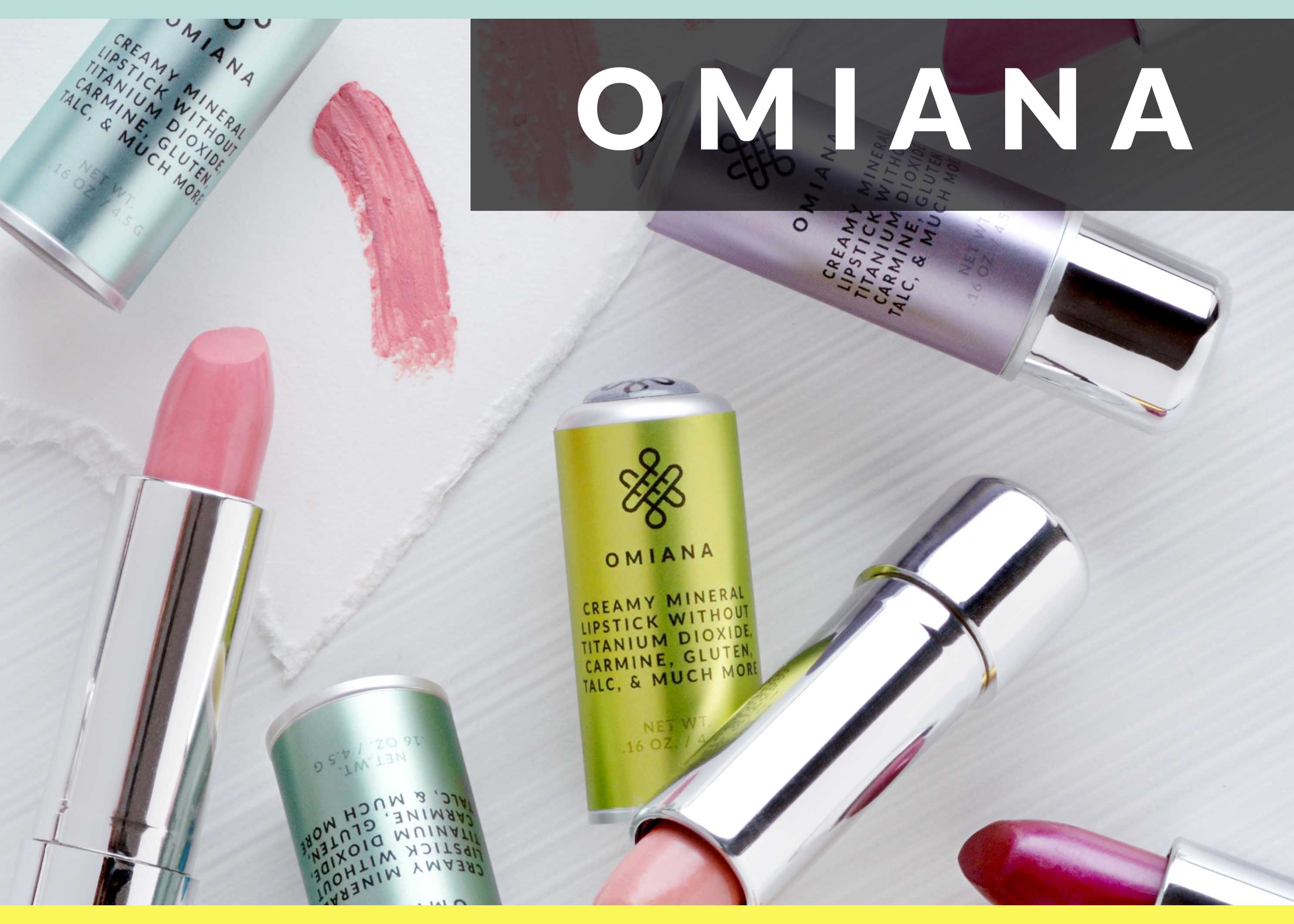 Winter really is the time to go a little extra distance in terms of self-care. But committing to take these few simple, holistic steps will cut down on those sick days, help cure winter blues, and get you through these cold, dark days in one, happy, healthy piece!
Winter really is the time to go a little extra distance in terms of self-care. But committing to take these few simple, holistic steps will cut down on those sick days, help cure winter blues, and get you through these cold, dark days in one, happy, healthy piece!- Sleep: This is where we should take a page from the books of our large furry mammal friends. Our bodies use a lot of energy to keep us warm in the winter, and that, combined with more bugs floating around, and the lack of sunlight equals a need for a LOT more sleep. Even if you’re a “I’m fine with 5 hours” kind of person, really opt for 8 hours of sleep a night MINIMUM during the cold months. You’ll have more energy, higher immunity, and less tendency toward seasonal blues! Opt to sleep between the hours of 10pm and 7am, which is the most restful time in the body’s cycle, and also ensures the most exposure to those scant daylight hours. I promise, the party life will still be there for you come spring!
- Bundle Up: Contrary to some misinformation floating around out there, you really can get sick from exposing yourself to the elements (and I don’t even mean the full monty kind of exposure). Wearing clothes that aren’t sufficiently warm, leaving your throat, head, and nose exposed to cold winds all can affect both your body’s ability to retain it’s heat and your mucous membranes’ ability to keep out nasty bugs.
- Aim for dressing warm enough so that when you’re standing outside, you’re pretty comfortable (i.e.: not shivering, hunched up against the cold, and cursing the gods of winter). This means sweaters, scarves, hats and gloves. Worried about looking like an abominable snow-person? Opt for layers that go a long way, like thermal undergarments, tights or leggings under your jeans, and warm top layers that you can peel off once inside.
- Stay Lubricated: Once you’ve got your giggles out of the way, consider this: Dry, cracked skin on your hands, face, and in your nose is like leaving big gaping holes for germs to get in through. In the winter months, it is even more important than usual to stay moisturized, inside and out. This means using a humidifier a night (to keep your nasal passages, throat and skin moist), using a good quality moisturizer on your face and body every day (I like Desert Essence Organics Sweet Almond Moisturizer), and drinking lots of water and hot teas throughout the day.
- Water hydrates and lubricates your system from the inside, and also flushes out toxins to keep you from getting sick. Opt for warm or hot water instead of cold in the winter months… it is much easier on your system, warming and psychologically more comforting, and also very detoxifying for the lymphatic system!
- Hot teas can have a similar effect, and many herbal teas like ginger, echinacea, slippery elm bark, and elderberry have wonderful immunity boosting effects!
- I am also a fan of Emergen-C or Airborne during the winter months as well, especially if you find yourself in crowded areas like trains and airports, or if you’ve been in contact with a sick or sniffly person.
- Let Food Be Thy Medicine: Especially in the winter months, don’t underestimate the power of great diet. Eating antioxidant and nutrient rich foods, healthy plant proteins, and lots of quality oils in the winter will go SUCH a long way toward keeping you healthy. Stock up on garlic, dark leafy greens, all kinds of beans, and hearty root veggies for the winter, and try to eat home-cooked food as much as possible. Not only is eating this way going to ensure the biggest nutrient-bang for your buck, but home-cooked meals are also substantially more nourishing, which has positive psychological effects as well.
- Opt for hearty soups and stews (like this Thai Sweet Potato Soup), and increase your intake of healthy fats, like nuts, olive, coconut, and sesame oil, fatty low-mercury fish, and avocados . These foods will nourish you from the inside out, give you much more energy to burn, warm your body, and heighten your immunity!
- If you start to feel a little sniffle or tickle in the throat, chow down on some major immune-boosting foods, like this Yummy Cold-Busting Salad, jam packed with anti-inflammatory, anti-bacterial, and anti-microbial nutrients!
- The one vital winter nutrient you just can’t get enough of from food is vitamin D, which is super important for immunity, mood, and energy. Supplement with a high-potency sublingual vitamin D drop like Bio-D-Mulsion Forte to make sure you get enough, especially if you live in cold climates where you can’t get 15 minutes of direct exposure to sunlight every day.
- Keep Moving: It’s easy to let your typical workout routine fall by the way side when it’s 25 degrees outside, but it’s important to find ways to keep moving and fit some exercise into your routine every day. This might mean finding a workout video (Netflix has some great ones!) to do at home, or finally getting your courage up to try bikram yoga if getting to the gym fills your with thoughts of shivering torment. If you do get yourself to the gym, make sure to finish your workout with a steam in the sauna, which helps to raise your body temp, sweat out those toxins, and nourish you to the core. Even if you only do 20 minutes a day, maintaining a regular exercise routine in the winter will boost your energy, increase serotonin levels, and help keep your immune system on top of its game!
- For an extra mood and energy boost, pick a sunny weekend afternoon to bundle up and get outside for some skiing, a snowball fight, sledding, or just a brusque winter walk. The sunlight will boost your mood, while the heat from moving around while layered up will help warm your body and burn off extra calories.

























